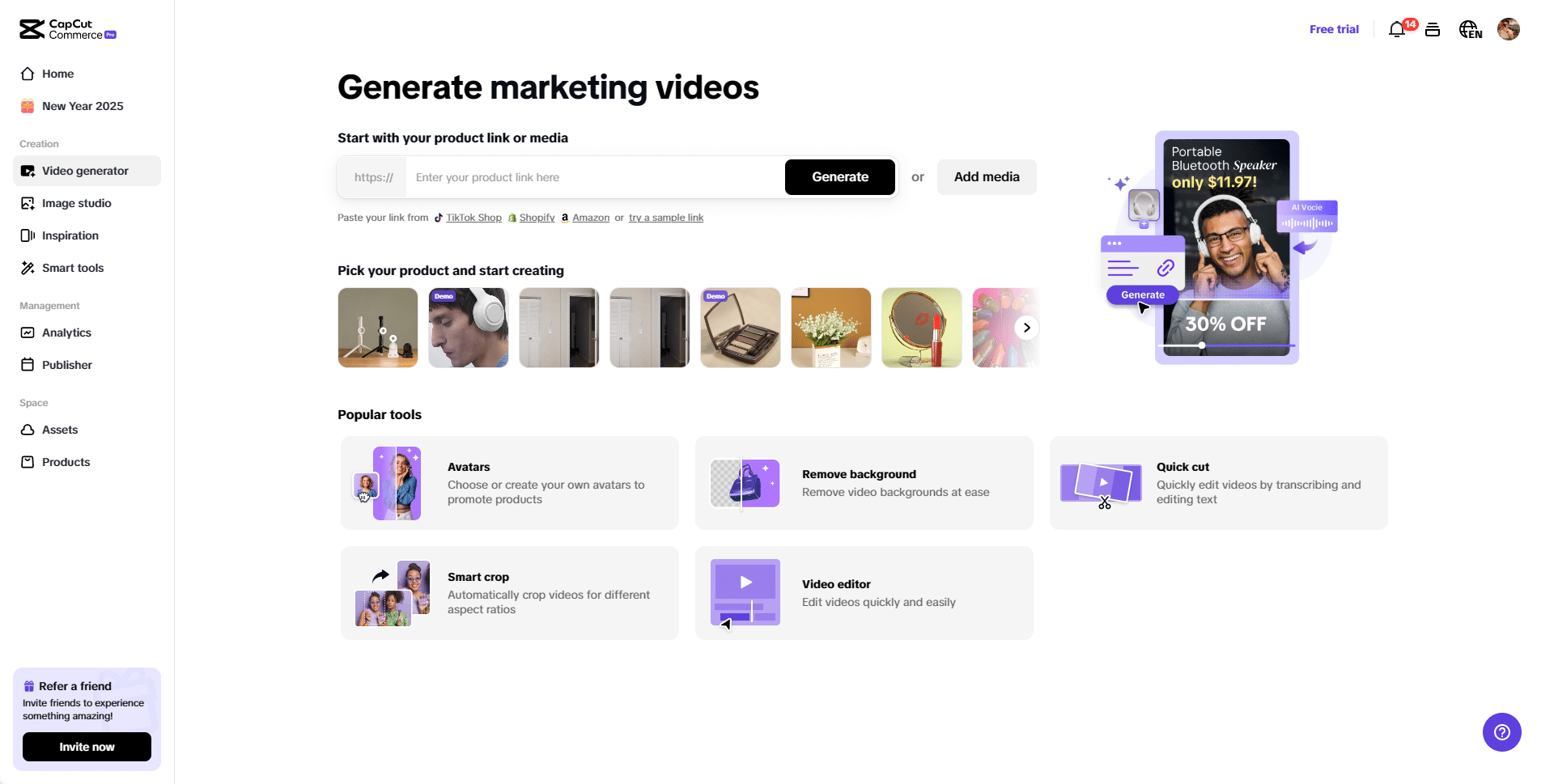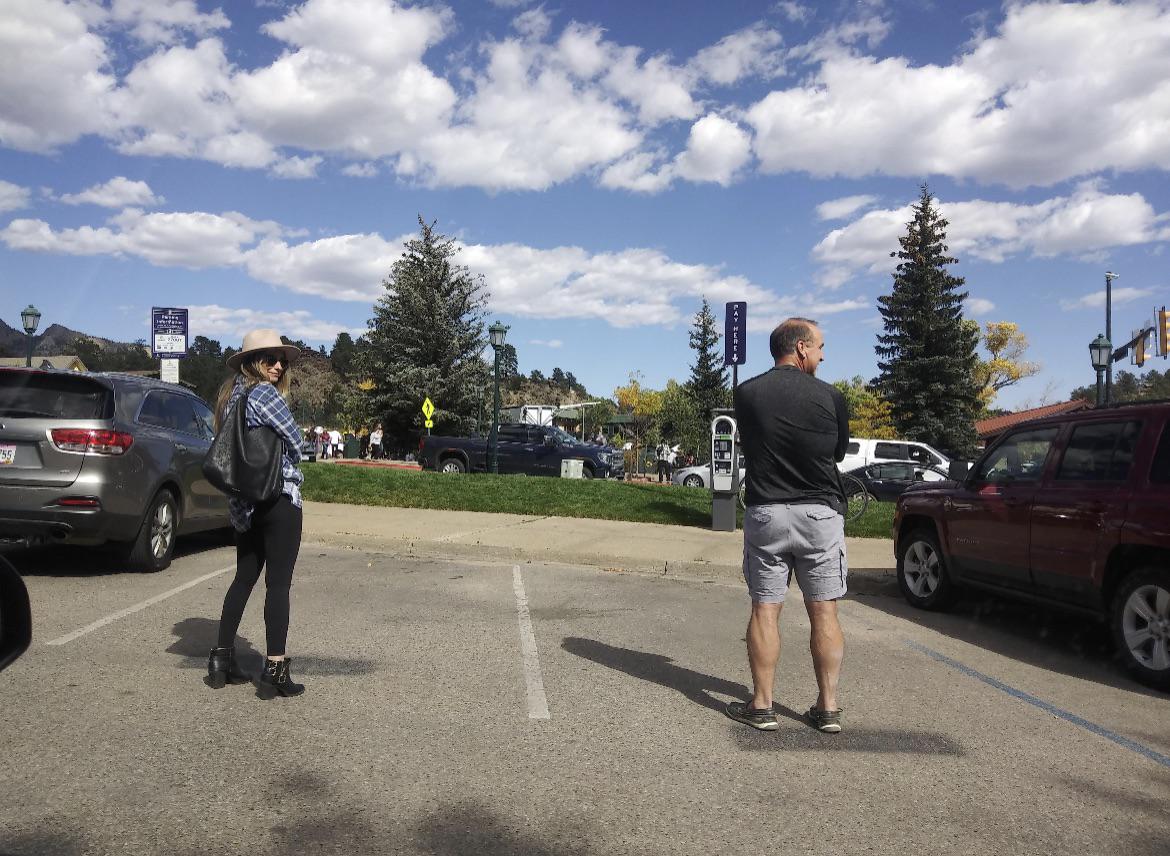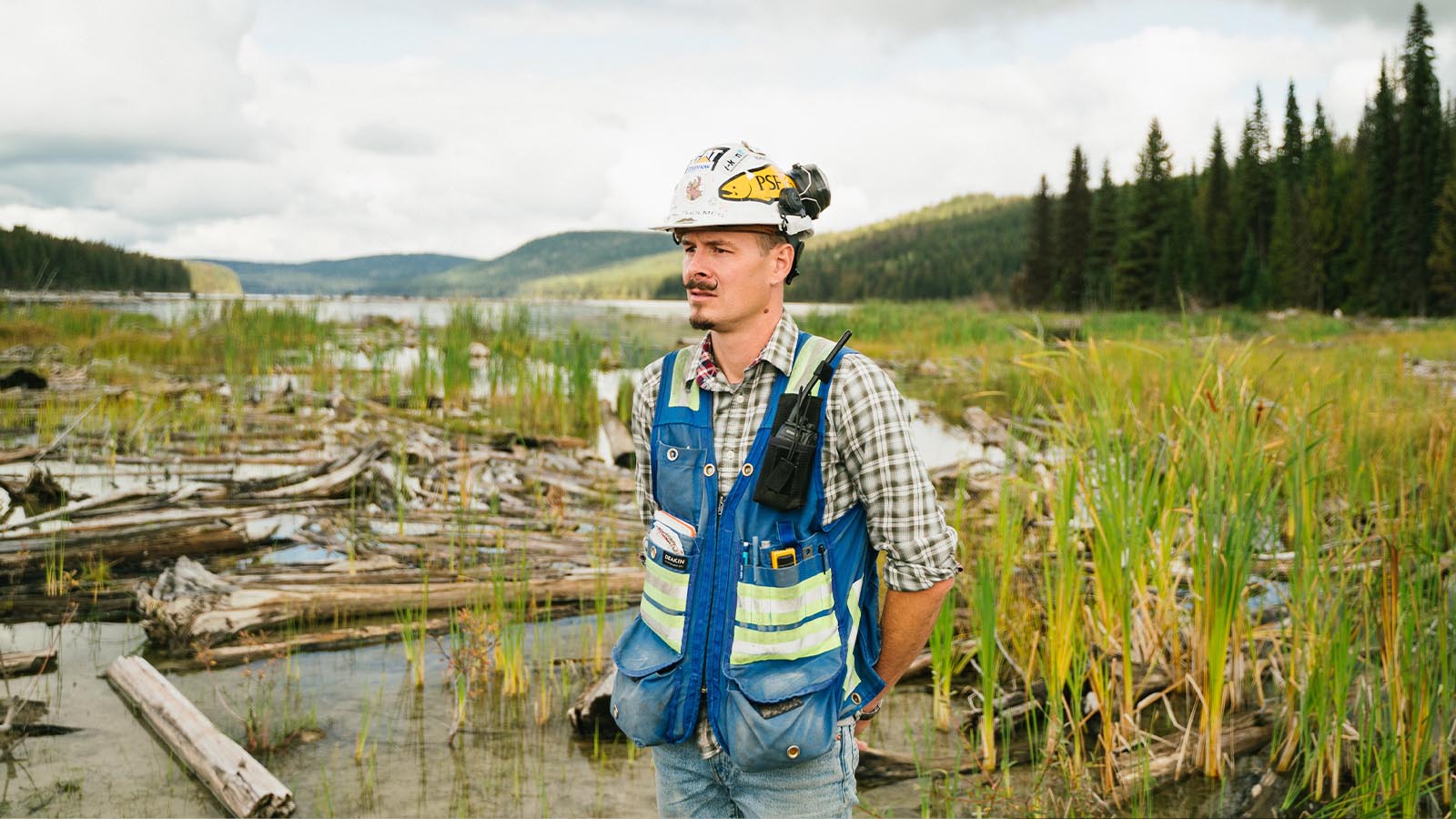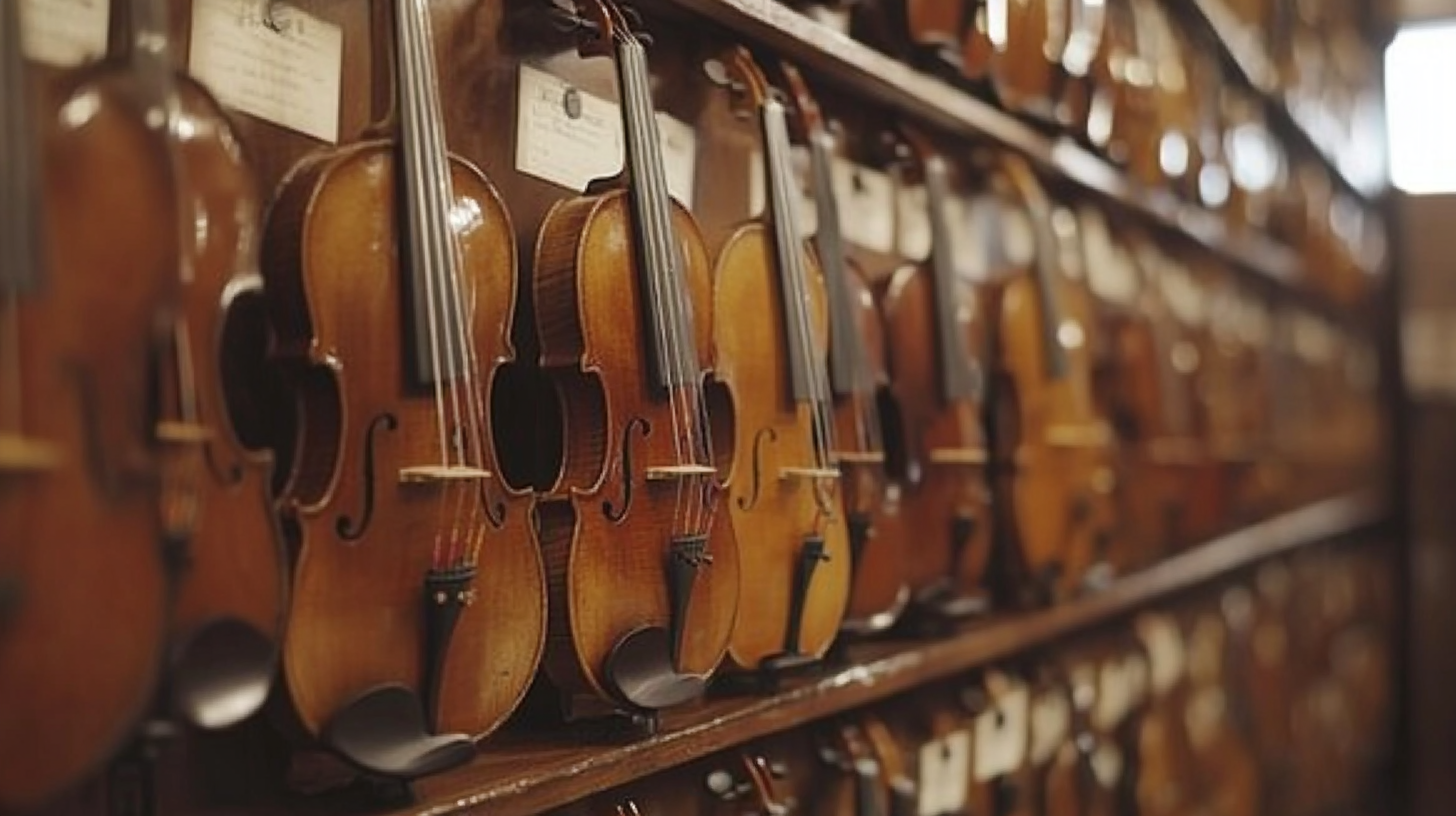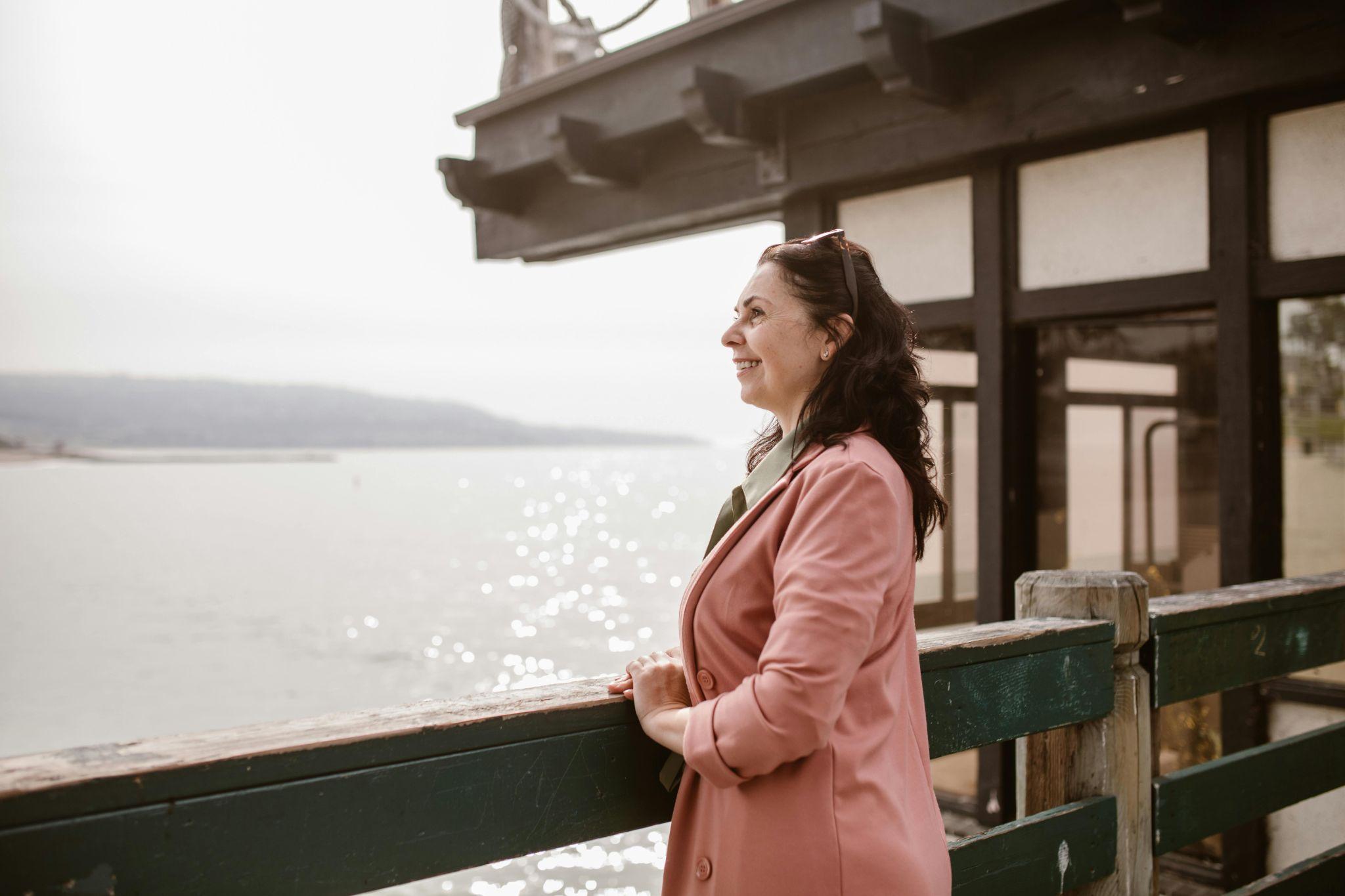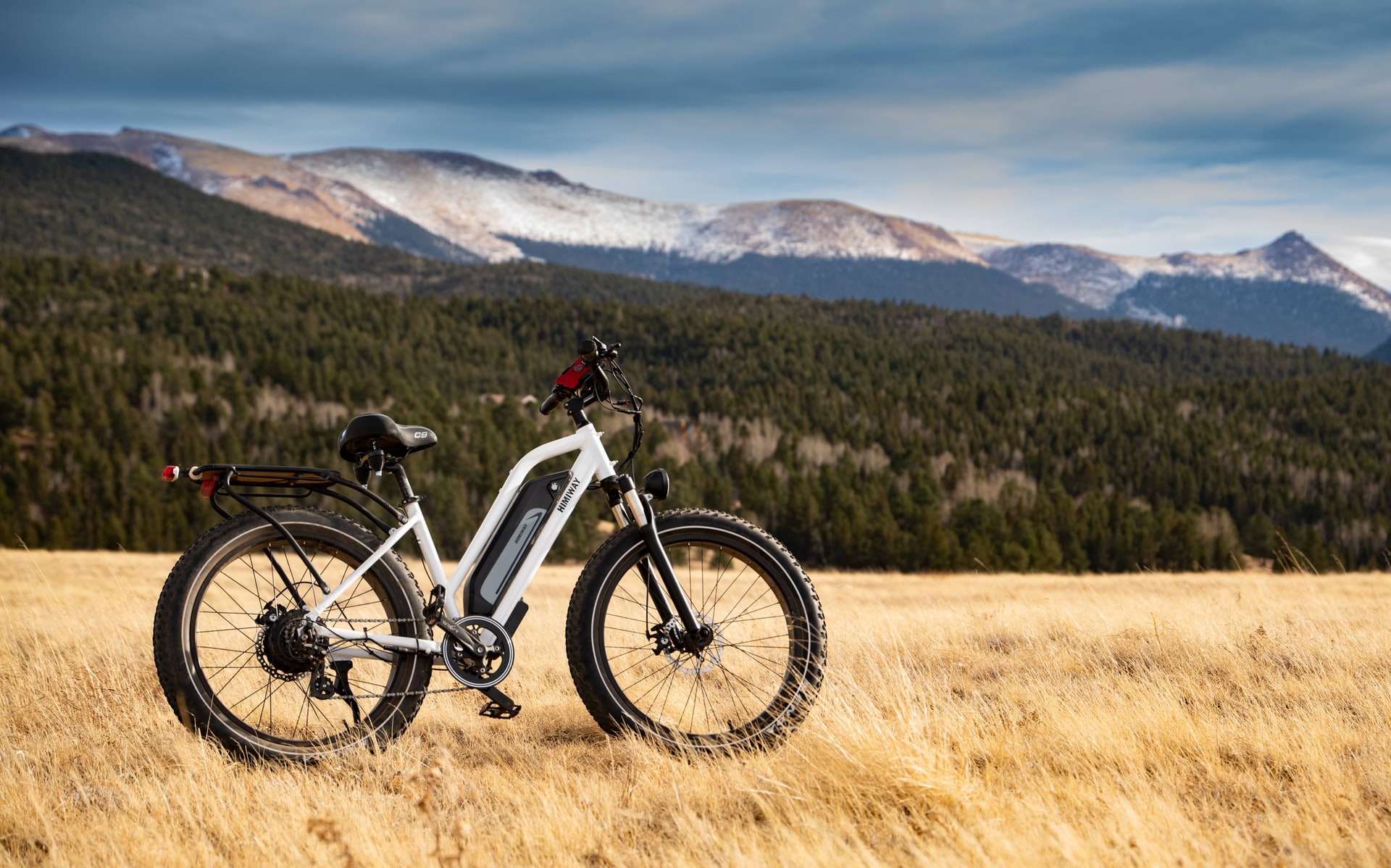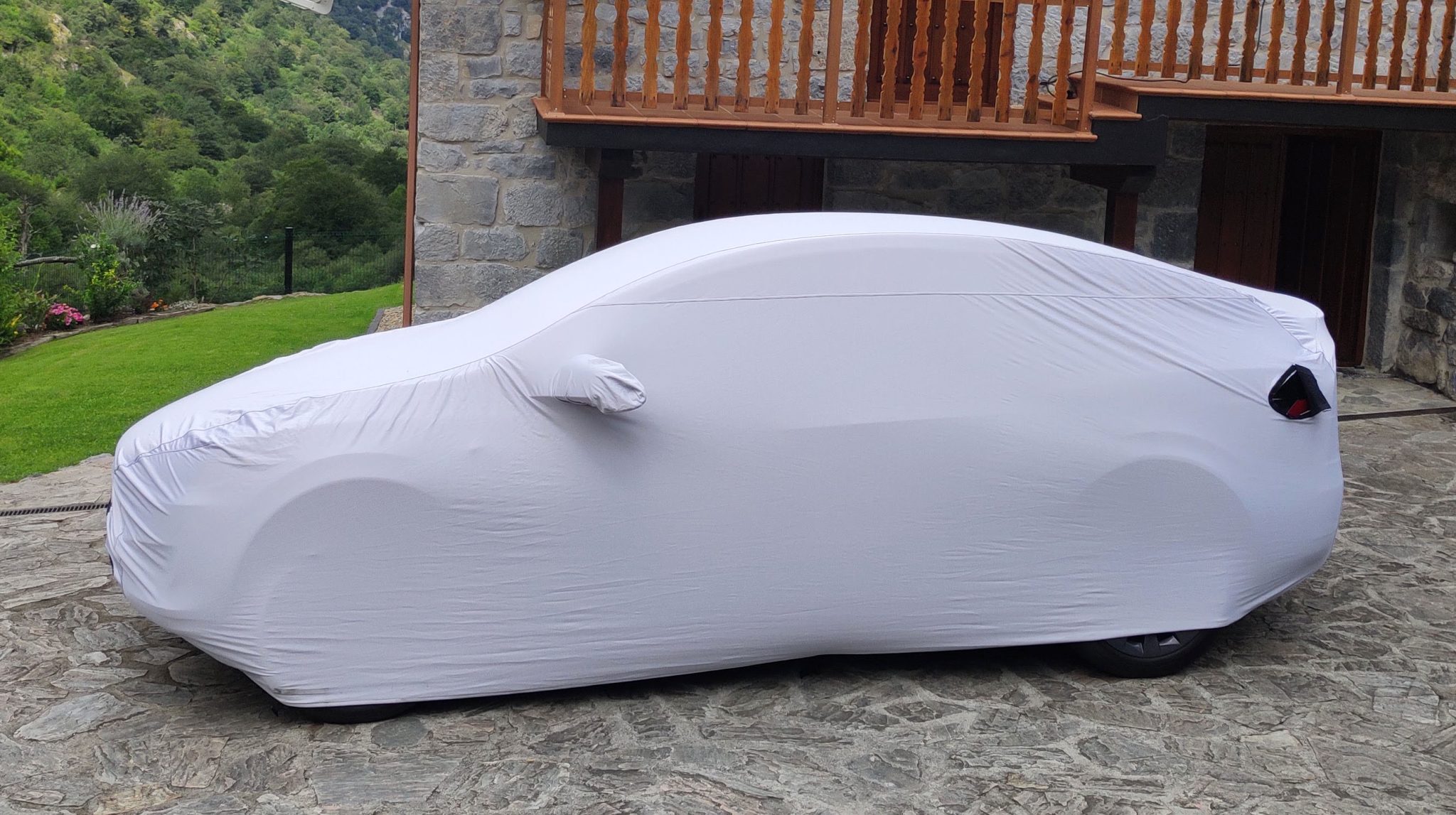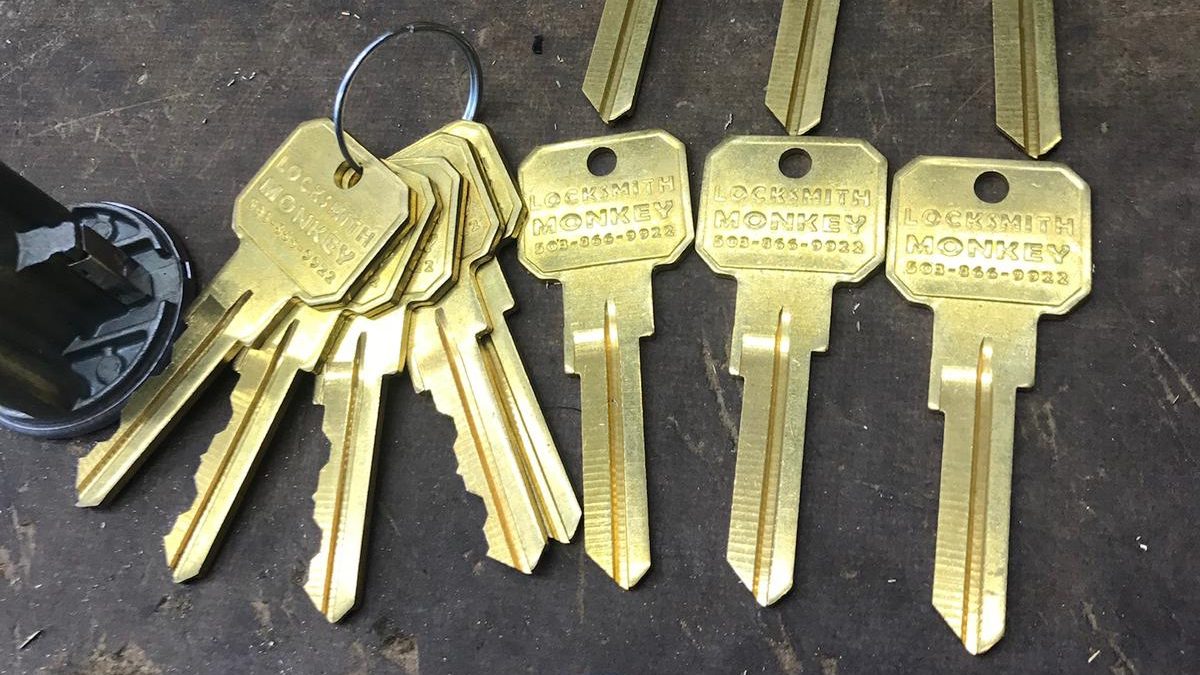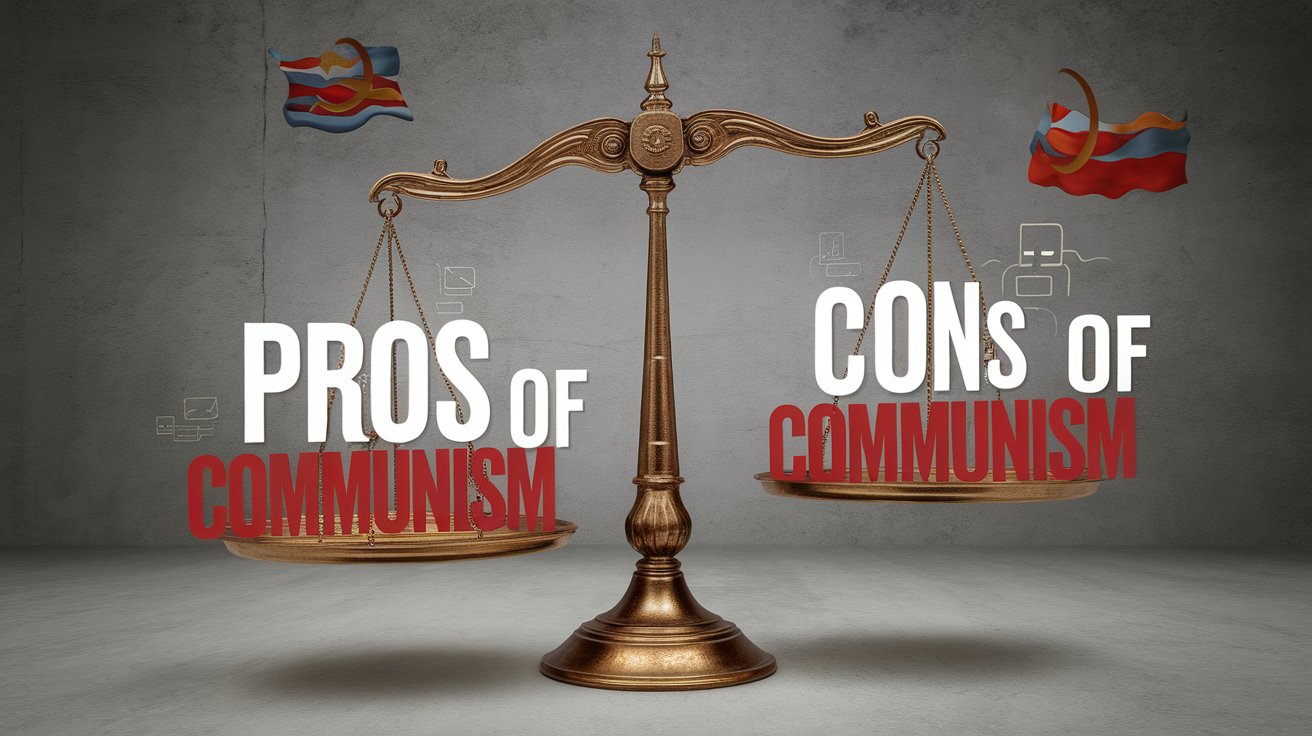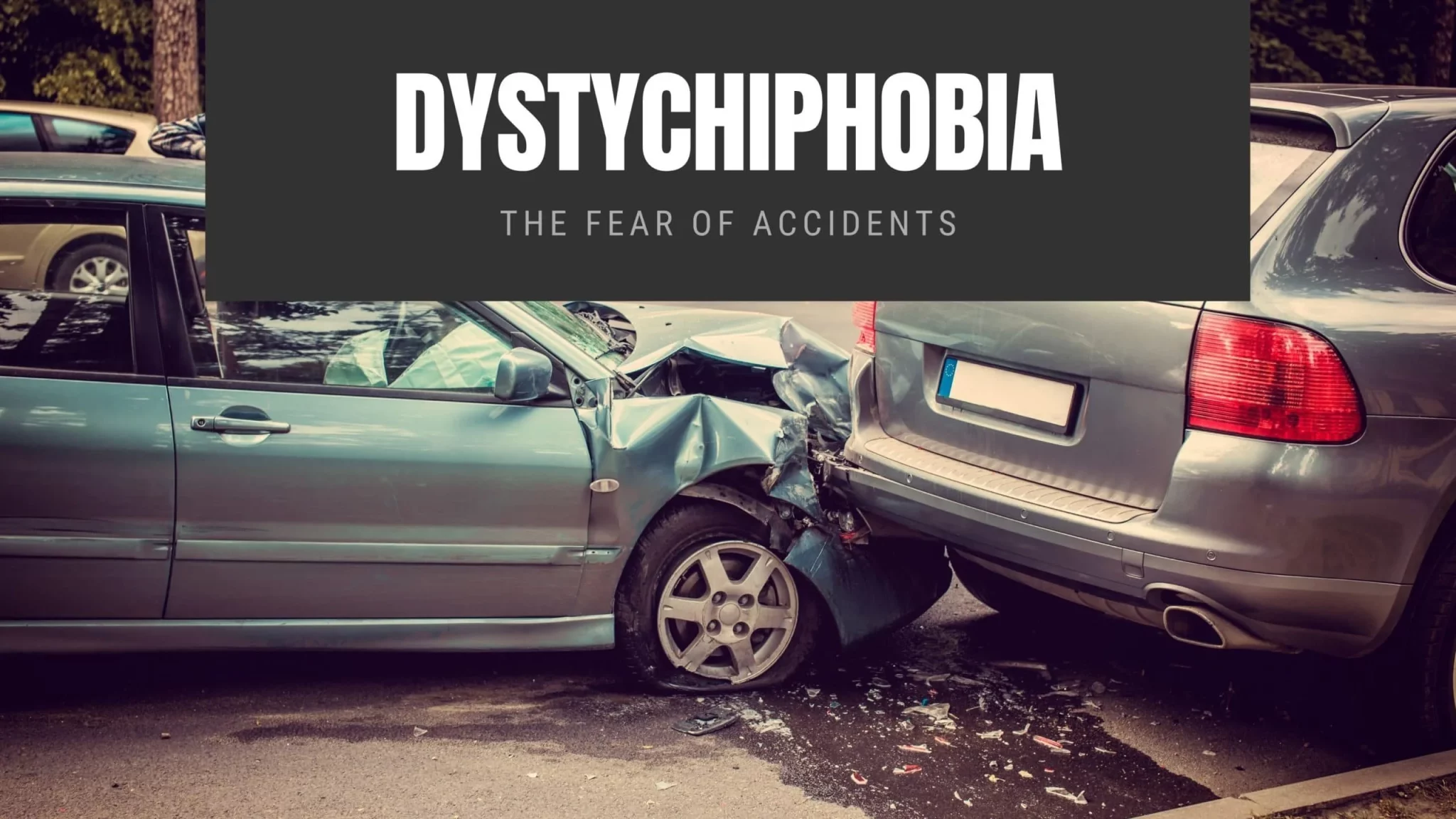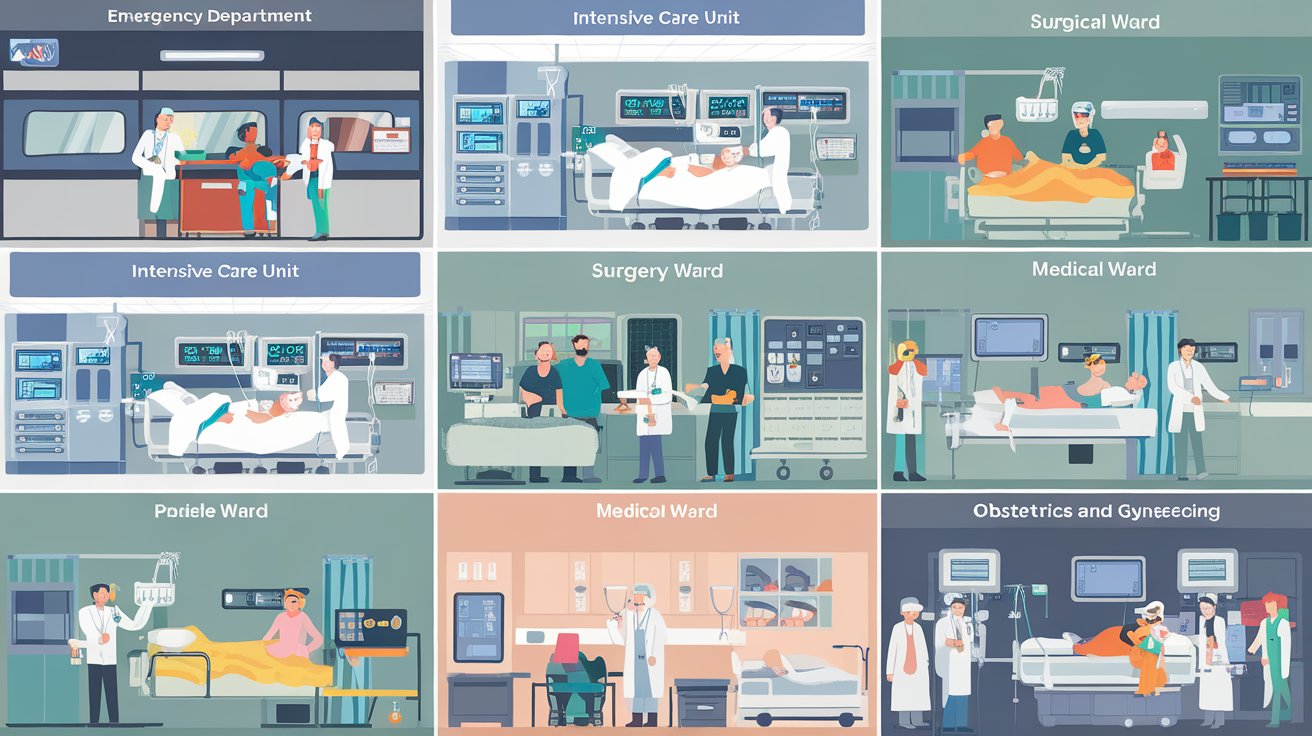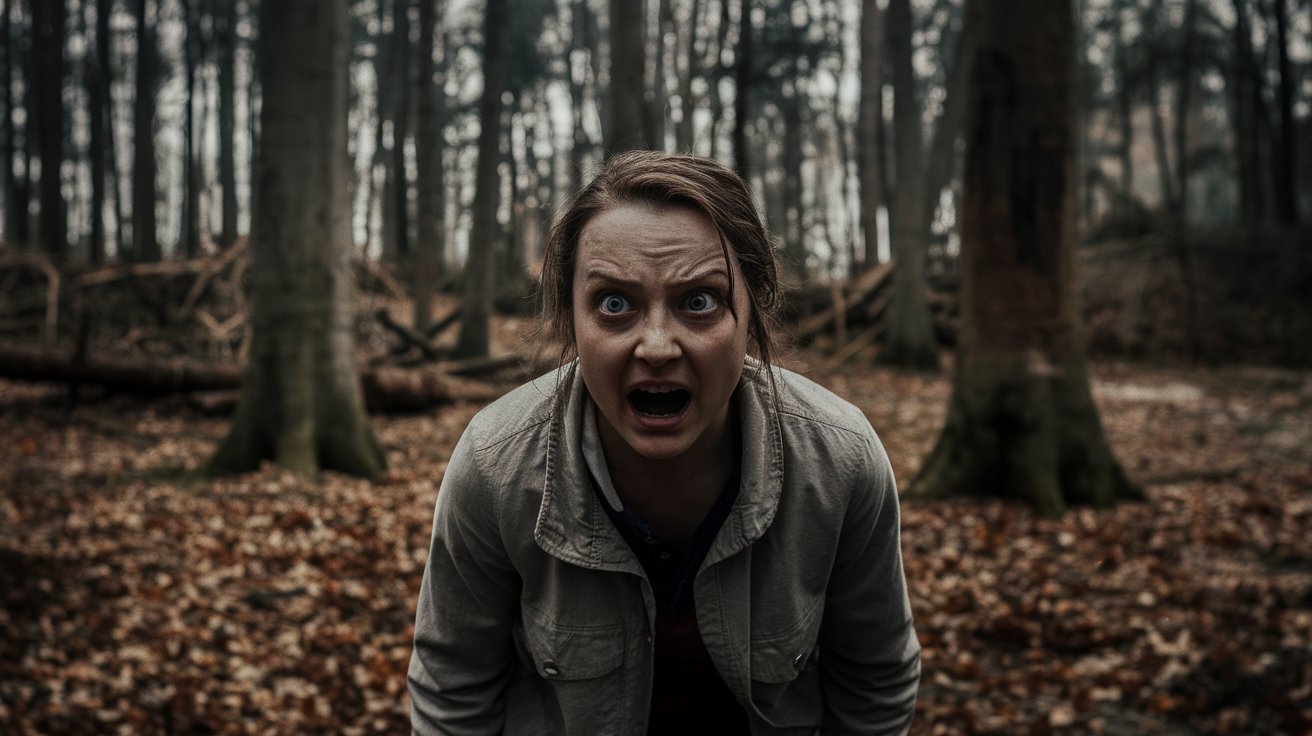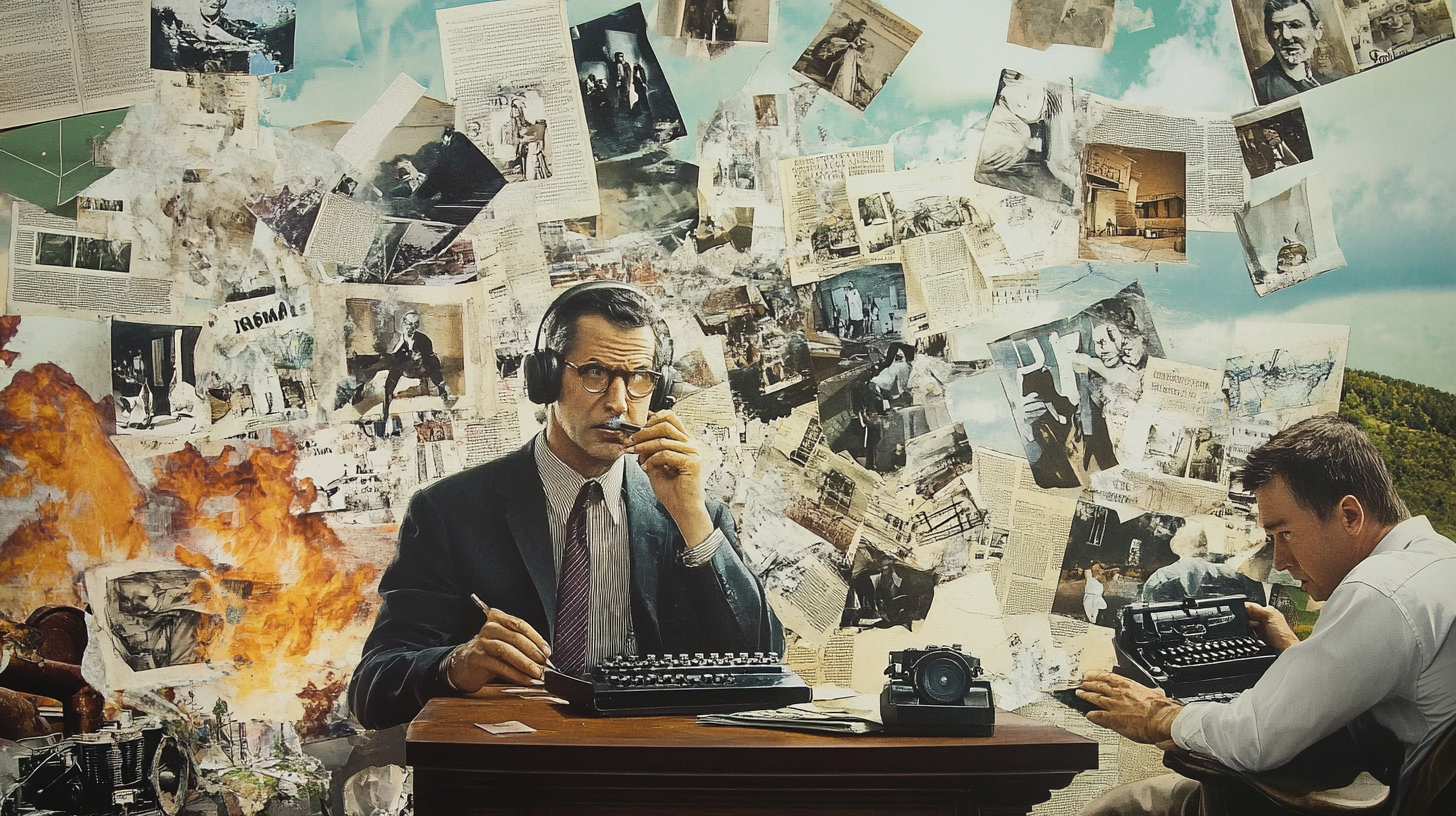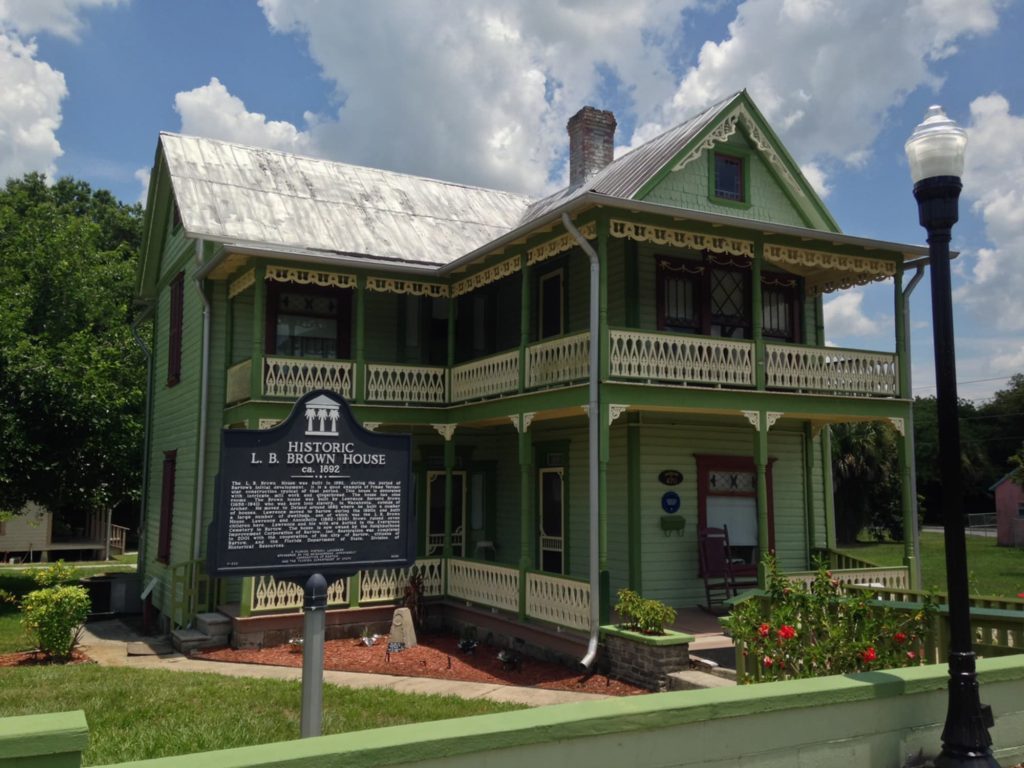
Listen up, family – we need to talk about vacation spending. You know I always keep it real with you about money, and today we’re diving into something that’s been bothering me: too many of you are dropping thousands at Orlando’s theme parks while missing out on the real treasures of Central Florida.
Why This Money Coach Cares About History
Let me share something personal. Last month, I received an email from Sarah, a single mom who spent $3,000 on a three-day theme park adventure. “she wrote, “I wish I’d known about the alternatives.” That broke my heart, because just 45 minutes from those $189-per-day theme park tickets lies some of America’s richest history .
The Real Value of Central Florida’s Past
Here’s the truth, and you know I’m always direct with my readers: Central Florida isn’t just Mickey Mouse and overpriced turkey legs. This region holds centuries of American history that your kids won’t learn about on a roller coaster. And here’s the kicker – most of these historical sites cost less than a single day at those big-name parks.
Think about this: A family of four can easily spend $800 for one day at a major theme park (yes, I did the math). But that same family could explore St. Augustine, America’s oldest city, for less than $100. That’s not just smart spending – it’s investing in your family’s education.
Must-Visit Historical Sites (That Won’t Break Your Emergency Fund)
1. St. Augustine: America’s First City
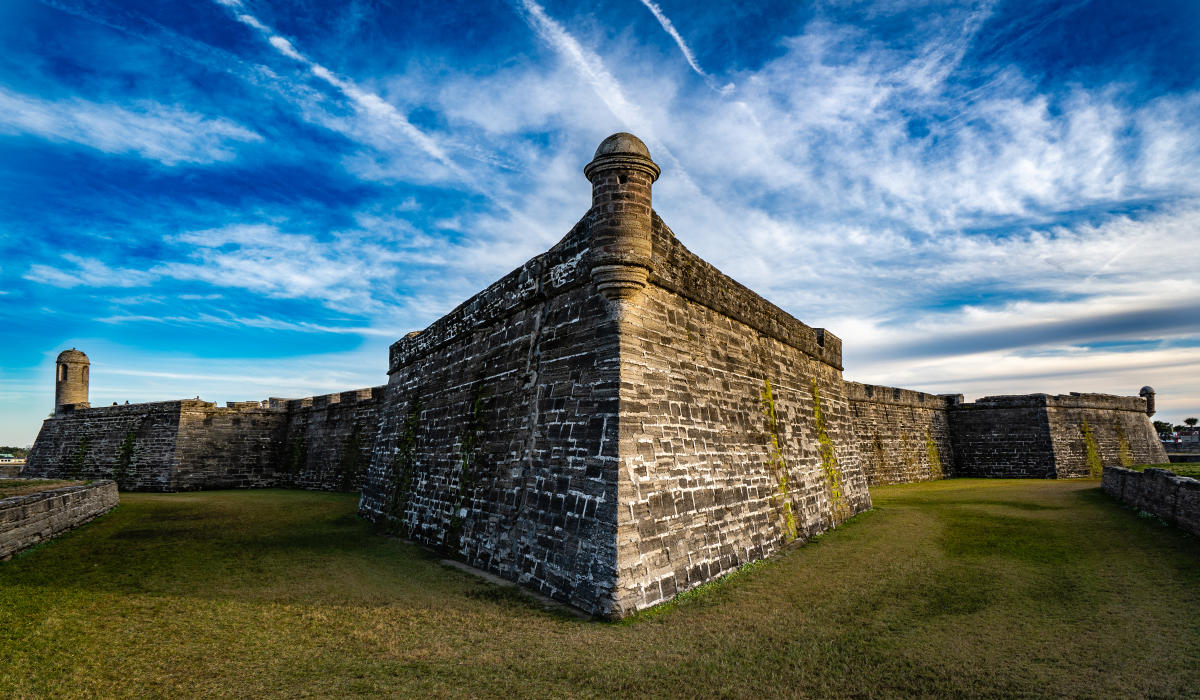
Y’all know I’m serious about budgeting, so let me break this down for you. St. Augustine isn’t just another tourist trap – it’s the real deal, founded in 1565. That’s right, this city was hosting visitors before the Pilgrims even thought about Plymouth Rock.
Smart Money Moves for St. Augustine:
- Visit the Castillo de San Marcos for $15 per adult, free for kids under 15
- Walk Flagler College’s stunning grounds for free (those guided tours? Save your $12)
- Pack a picnic for the bayfront (local restaurant prices will hurt your soul)
Don’t waste your money on those overpriced guided tours. Download a free walking app, bring your water bottle, and explore those Spanish colonial streets like a savvy traveler.
2. Mount Dora: Where Small-Town Charm Meets Big Value
Now, this is where my bargain-hunting readers get excited. Mount Dora is what I call a “double-value destination” – you’re getting history and antique shopping in one charming package. But before you pull out that credit card (and you know how I feel about credit cards), let’s talk strategy.
The Smart Visitor’s Guide:
- Visit the Mount Dora History Museum for just $5 (that’s less than your morning coffee)
- Stroll the historic Lakeside Inn’s grounds for free
- Take advantage of free street parking (unlike those $25 theme park lots)
Here’s a tip from my reader database: Visit during weekdays. Weekend antique markets can tempt you into overspending faster than a clearance sale at Macy’s.
3. Winter Park: Old Money Wisdom
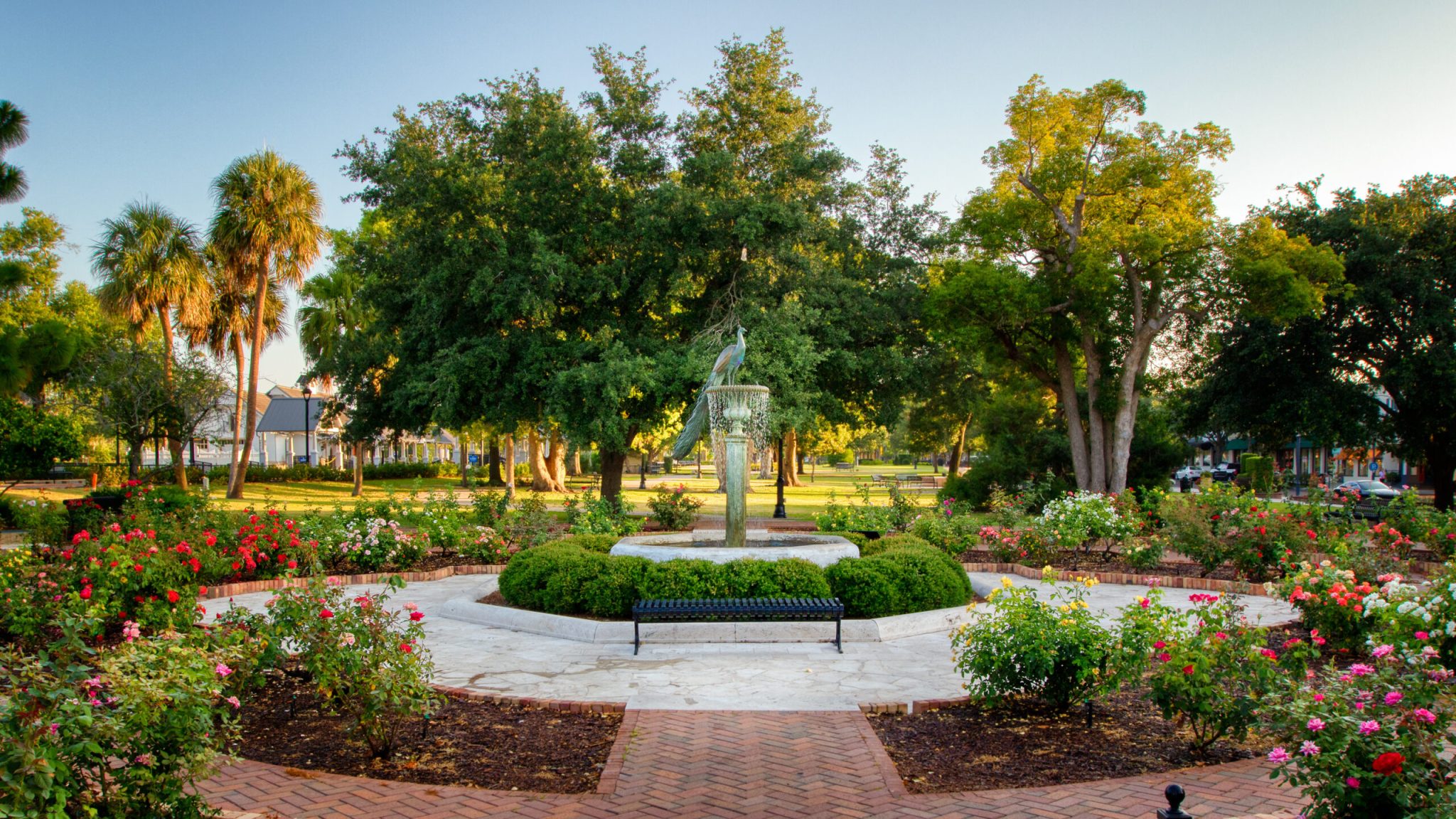
Let me tell you something about Winter Park – it’s where Florida’s wealthy built their winter homes, but you don’t need a trust fund to visit. This is where smart travelers can see how the other half lived while keeping their savings intact.
Your Money-Wise Winter Park Plan:
- Visit the Charles Hosmer Morse Museum (world-class Tiffany collection) for $6 – less than that theme park churro
- Tour Casa Feliz free on weekends
- Skip the boat tours ($16/person) and enjoy the lakeside parks instead
Pro tip from my emergency fund lectures: Park in the free public garage and walk. Those street meters add up faster than compound interest.
Remember what Big Mama always told me: “Good value isn’t about spending nothing – it’s about getting your money’s worth.” These historical sites deliver exactly that, plus something those theme parks can’t: real American history that won’t put you in debt.
Consult with a lawyer familiar with Florida laws before your trip – it’s part of smart travel planning, just like having an emergency fund.
Smart Travel Planning
Listen, folks – I’ve got to be straight with you about something that could drain your travel budget faster than a leaky roof: Central Florida traffic. As someone who’s helped readers navigate financial emergencies for decades, I can tell you that poor planning on these roads can cost you both time and money.
Traffic and Transportation: The Real Deal
Let me share what happened to my reader James last summer. He wrote: “I thought saving $50 on a hotel far from the historical sites was smart. That ‘saving’ cost me $89 in extra gas and four hours of vacation time.” Don’t be like James.
Your Money-Smart Traffic Strategy:
- Fill up in residential areas (I’ve seen $0.50/gallon differences near tourist spots)
- Travel before 9 AM or after 7 PM (your time is money, people!)
- Park once, walk often (those $15-per-stop parking fees add up)
And please, for the sake of your emergency fund, find a reputable lawyer in the Orlando area before your trip. As Big Mama always said, “Prevention is cheaper than cure.”
Kennedy Space Center: An Investment in Wonder
Now, I’m going to tell you something that might surprise you coming from your favorite penny-pinching advisor: Kennedy Space Center is worth the splurge – if you do it right.
The Smart Visitor’s Budget Guide:
- Buy the multi-day pass ($89) instead of single-day tickets ($75)
- Pack lunch (the astronaut-themed café will launch your food budget into orbit)
- Visit Tuesday-Thursday (weekend crowds mean wasted time)
One of my readers saved $157 using these tips for her family of four. That’s grocery money, folks!
DeLand: The Hidden Historical Bargain
Y’all know I love finding value where others don’t look. DeLand is that hidden receipt in your wallet that turns out to be a refund check.
Money-Wise DeLand Tips:
- Visit Stetson University’s historic campus (100% free)
- Tour the DeLand Memorial Hospital Museum ($5 – cheaper than a fast-food meal)
- Explore the Museum of Art during free admission hours (first Wednesday)
Financial Truth Talk: I’ve seen too many families skip these smaller historical sites thinking they’re saving for “bigger” attractions. That’s like passing up compound interest for a lottery ticket.
Emergency Planning (Because Life Happens)
Before I wrap up this section, let’s talk emergency planning – and I don’t just mean having a credit card handy. On these Florida roads, you need:
- Local emergency numbers saved (free but priceless)
- Basic roadside kit ($30 at your local auto store)
- Insurance documents readily available (keep digital copies)
- Contact information for local legal help (because preparation beats panic)
Remember what I always say about financial emergencies: They’re not a matter of if, but when. The same goes for vacation challenges.
Smart Money Move: Consider travel insurance if you’re planning multiple historical site visits. One of my readers saved $2,800 when a hurricane disrupted their carefully planned history tour.
A Word About Off-Season Savings
Let me share my favorite money-saving secret for Central Florida historical sites: January and February aren’t just for snowbirds. During these months:
- Hotel rates drop by up to 40%
- Historical sites offer winter specials
- Traffic lightens up (saving you gas and time)
- Parking spots? Plentiful and sometimes cheaper
That’s the kind of compound savings that makes this money coach smile.
Safety Tips for Exploring Central Florida’s Historical Sites
Now, I wouldn’t be doing my job if I didn’t prepare you for more than just budget-friendly destinations. Traveling, especially with kids or in unfamiliar areas, requires some smart safety moves to make sure your adventure goes smoothly and no dollar is wasted. Before setting out on any of these historical tours, pack a few essentials like a basic first aid kit – a small investment that could save a big headache.
Keep an eye on the weather (Florida’s skies can shift quickly), and stay aware of park rules and trail signs. These small details make a big difference, especially for avoiding injuries.
And have a plan if something unexpected happens – whether it’s a minor accident on-site or a car issue on the road. If there’s a serious injury, consult with a local lawyer who knows Florida’s laws. As I always say, having the right help can prevent a minor mishap from turning into a financial drain. A quick conversation with an Orlando-area lawyer can guide you in case of any accidents, ensuring you’re prepared to cover damages or receive compensation if needed
The Bottom Line
Central Florida’s history offers more than snapshots of the past – it’s an invitation to experience a deeper, more affordable side of the state that’s often overshadowed by high-priced attractions. By focusing on these historical gems, you’re not only saving money but also creating memories that offer genuine insight and lasting value.
Remember, the key to a truly budget-friendly trip is planning smart: know your route, have emergency contacts at the ready, and keep an eye on expenses where it counts. Don’t let a small setback ruin your adventure; with a little foresight, you can handle anything from car trouble to unexpected fees like a pro.


























